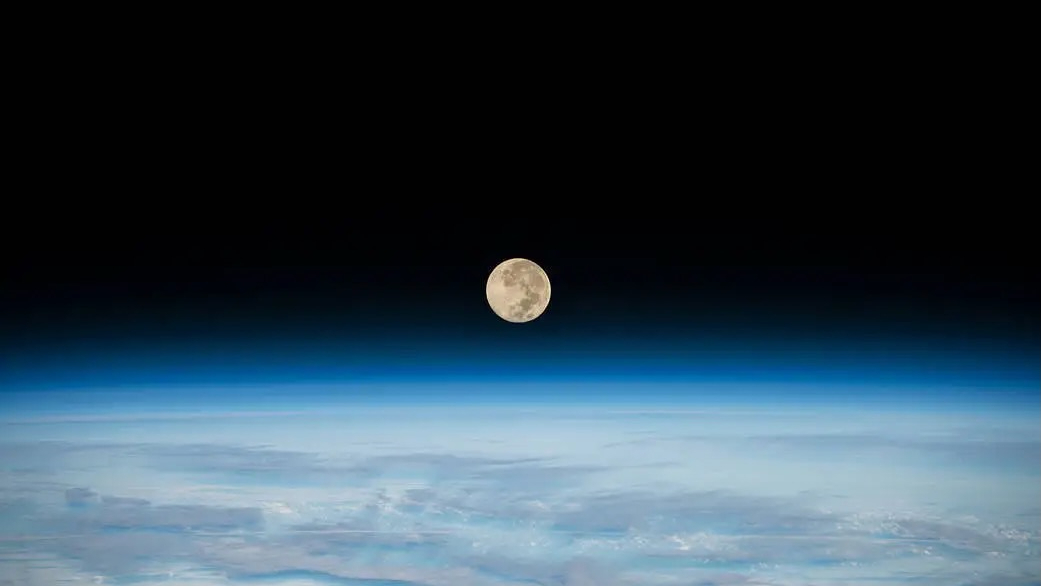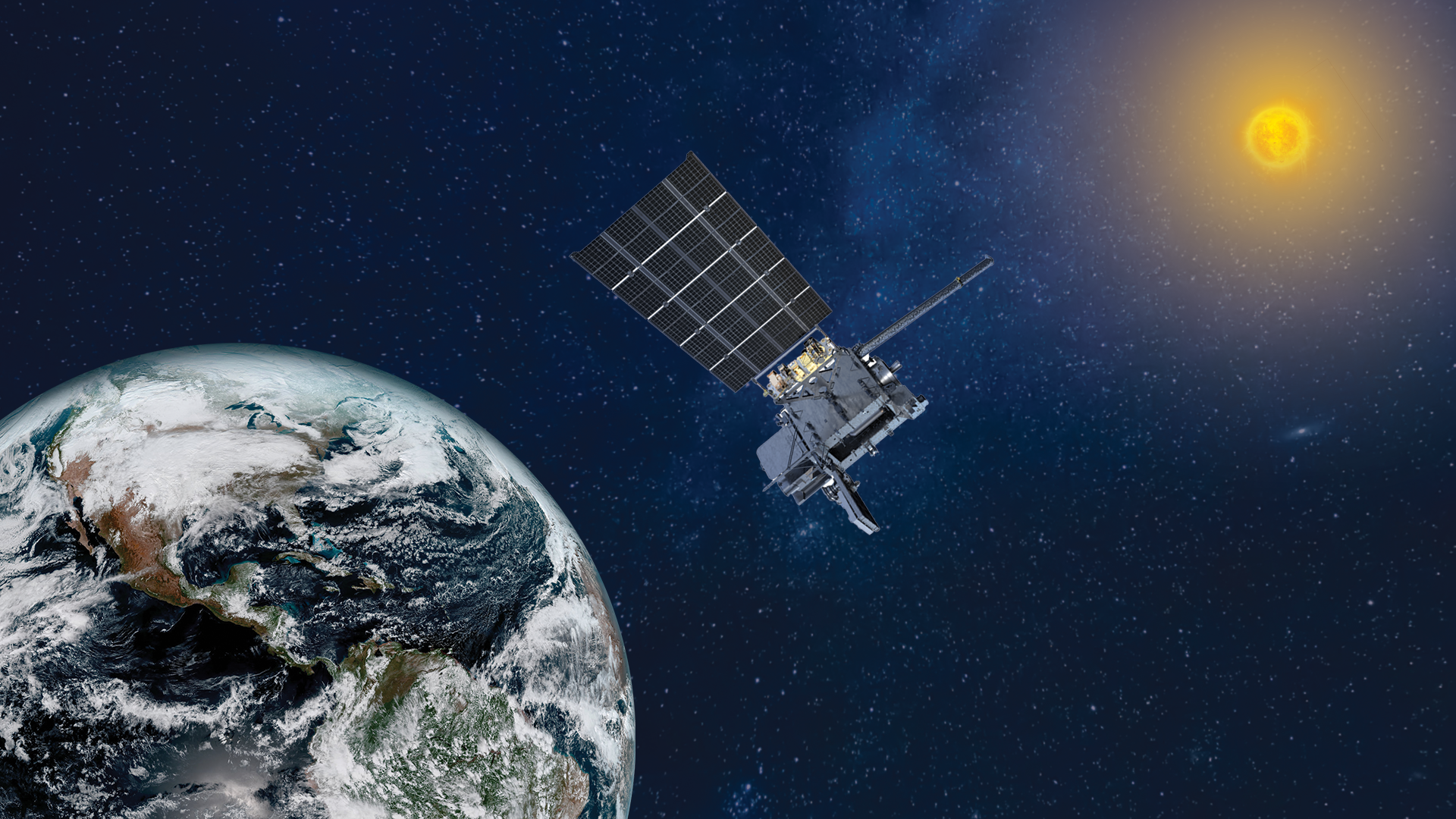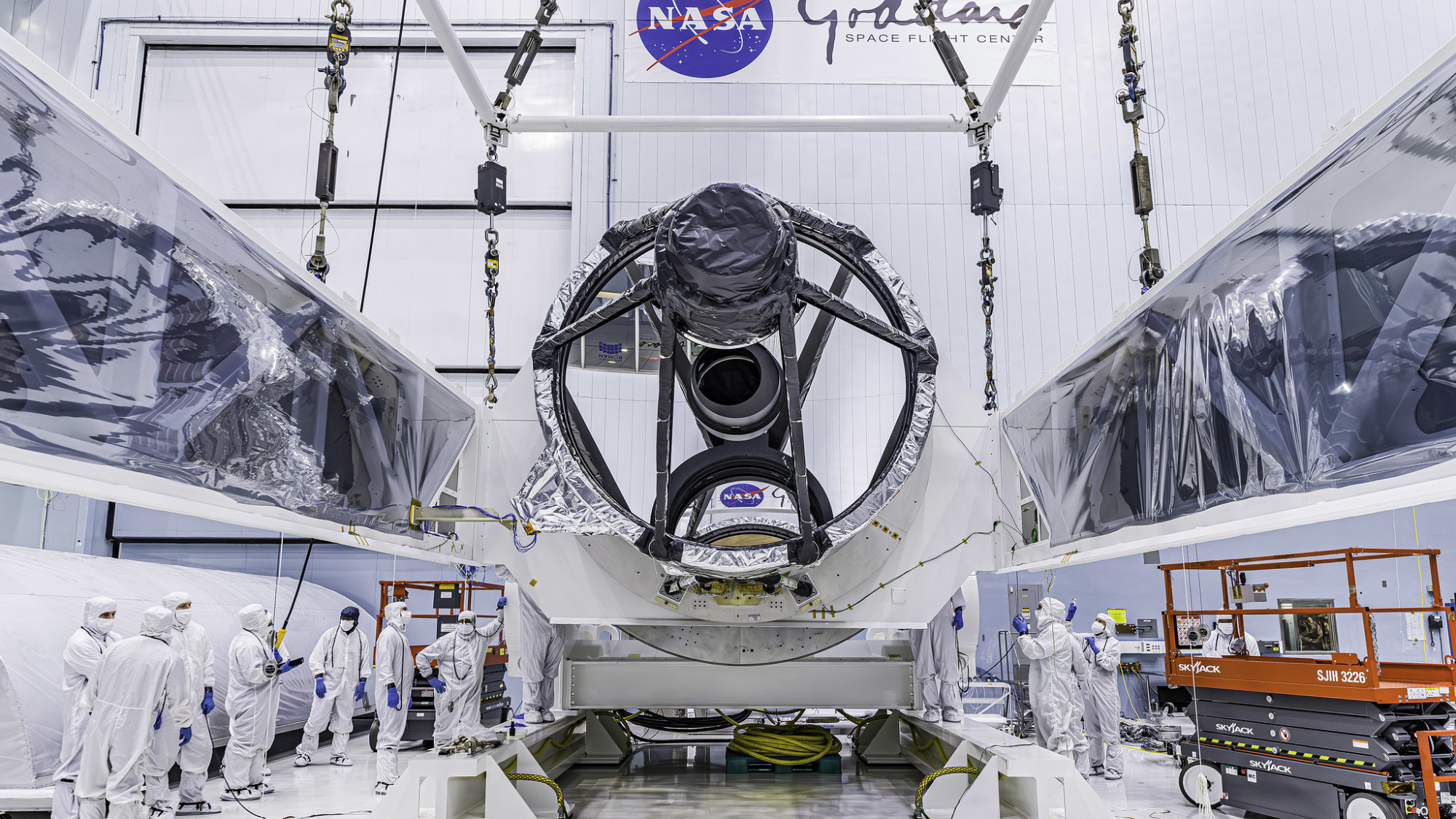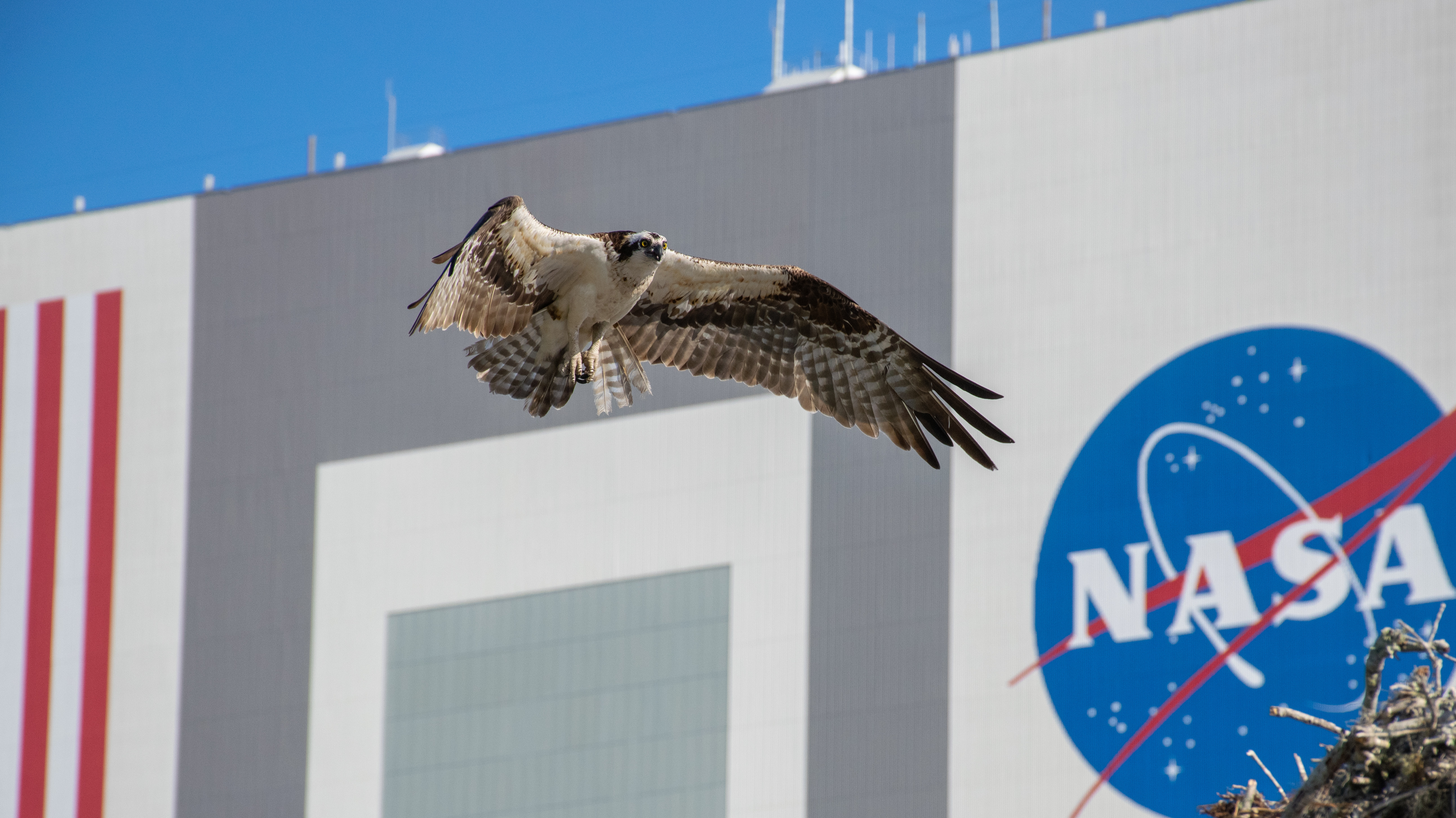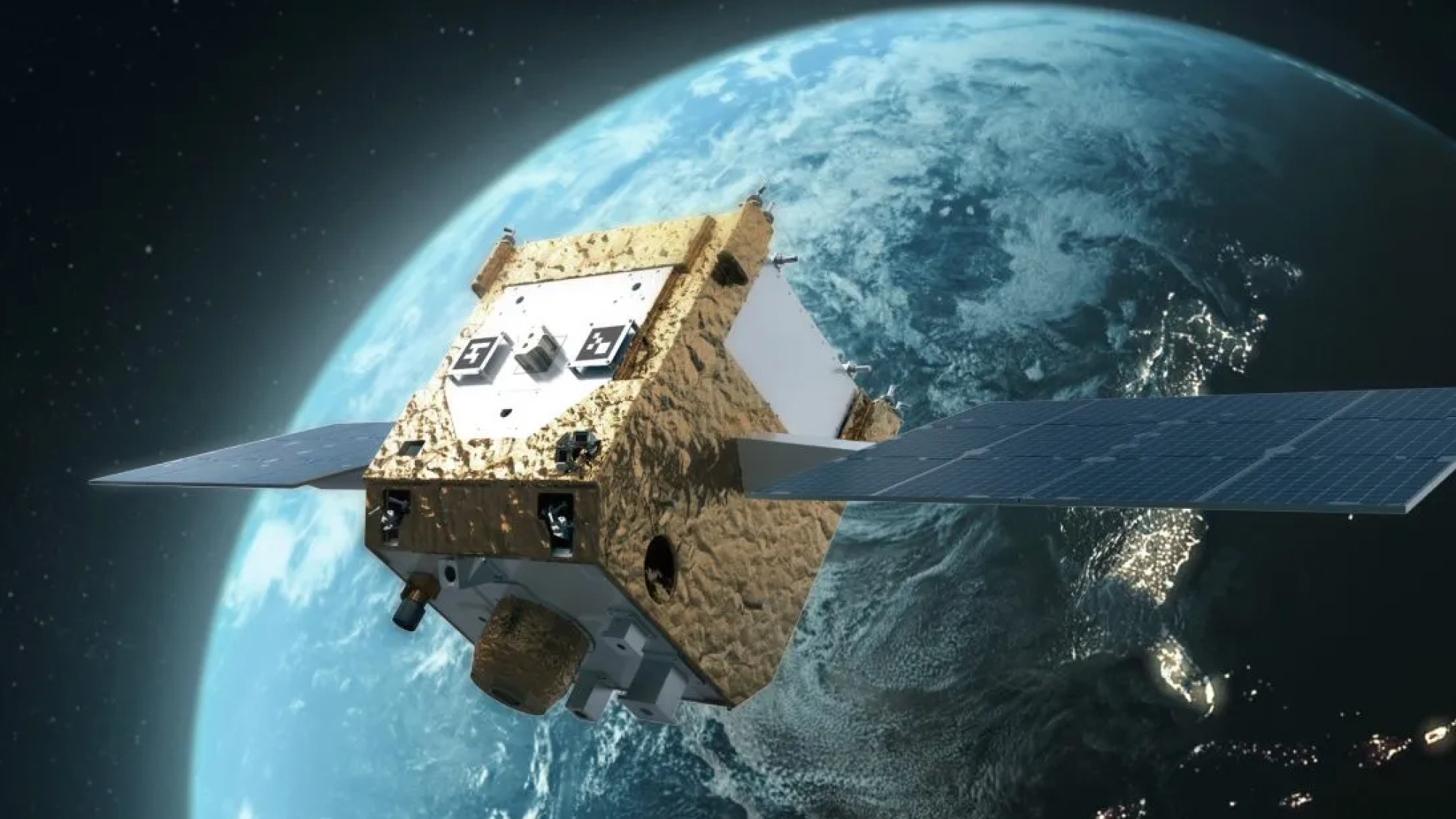April's Full Pink Moon will rise as a 'micromoon' this weekend — what to expect from the smallest full moon of 2025
Discover when, how and where to watch the smallest full moon of the year take center stage on April 12.
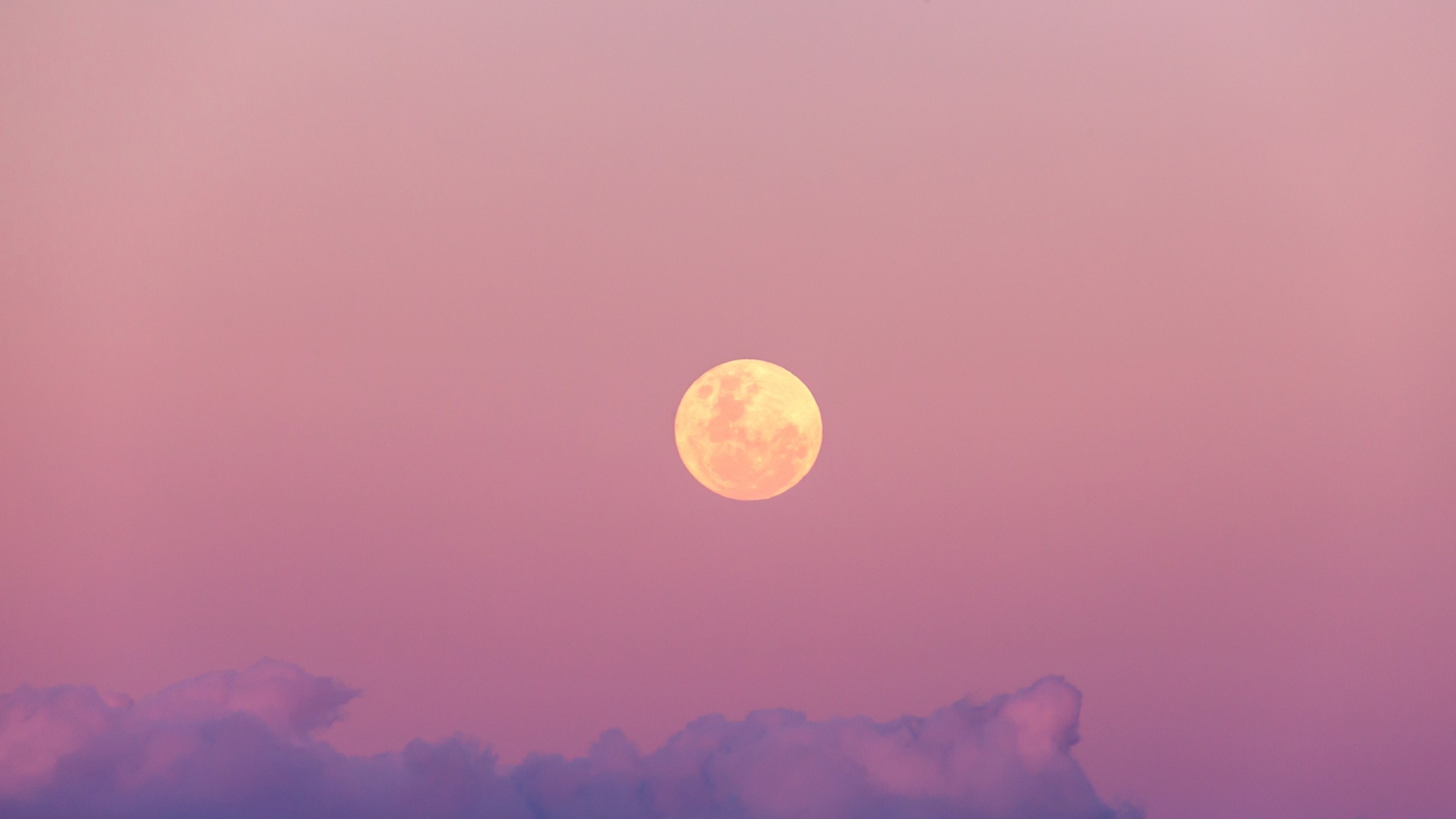
Skywatchers, get ready for a dazzling lunar display this weekend: April's full moon, known as the Pink Moon or Paschal Moon, will rise on the evening of Saturday, April 12.
While it won't appear pink, this full moon holds a special distinction — it's the smallest full moon of the year, also known as a "micromoon". This is because April's full moon occurs when the moon is farthest from Earth in its orbit (known as apogee), making it appear slightly smaller and dimmer than usual, though the difference may be hard to spot with the naked eye.
The full moon will reach peak illumination at 8:22 p.m. EDT (0022 GMT on April 13), local moonrise and moonset times depend on your location.
Related: Night sky for tonight: Visible planets, stars and more in this evening's sky
Look to the eastern horizon around sunset for the best view. For example, in New York City, the moon rises at 7:30 p.m. EDT, just two minutes before sunset, offering a picture-perfect backdrop of a golden moon climbing into twilight. The moon will be nestled in the constellation Virgo, near the bright blue-white star Spica.
For skywatchers in Central and South America, and parts of southern Africa, this full moon comes with an added treat — the moon will briefly cover Spica in an event called an occultation. The timing varies by location, with the full event visible in places like Buenos Aires, Caracas, and Montevideo.
This full moon also plays a significant role in religious calendars. In the Christian tradition, the Paschal Moon determines the date of Easter, which falls on the first Sunday after the first full moon following the vernal equinox. In 2025, Easter will be celebrated on April 20.
Get the Space.com Newsletter
Breaking space news, the latest updates on rocket launches, skywatching events and more!
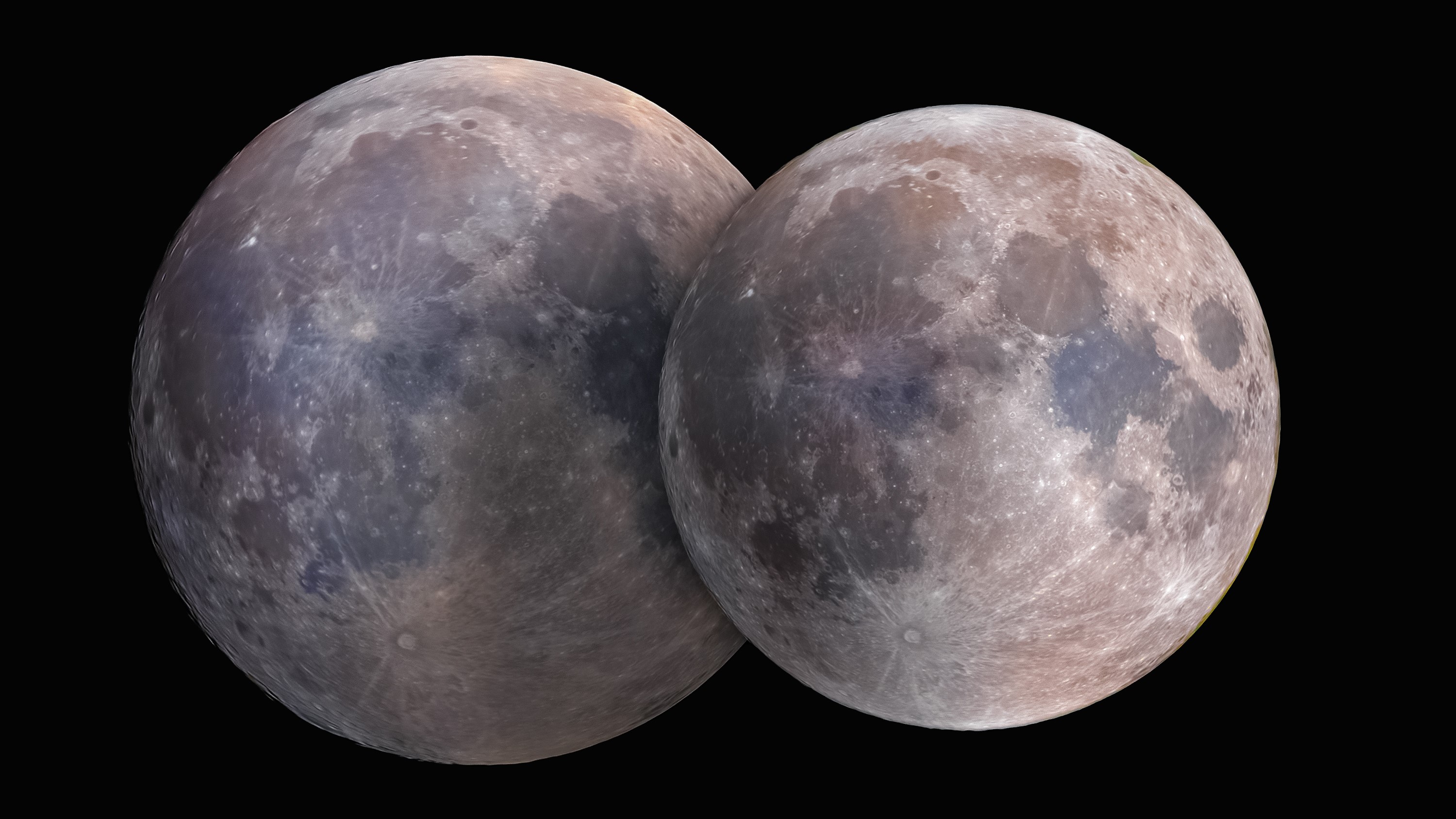
Pink moon name
The Full Pink Moon name comes from the moss pink or creeping phlox, one of the first wildflowers to bloom in early spring in North America. It's name rooted in Native American traditions and was popularized by the Old Farmer's Almanac. Other historical names April's full moon include the Sprouting Grass Moon, Egg Moon and Fish Moon, each marking seasonal transitions in different cultures.
How to photograph the Full Pink Moon
Photographing a full moon is easier than it looks! Use a tripod to avoid blur, and if you're shooting with a DSLR or mirrorless camera, use a telephoto lens (200mm or longer) to capture detail. Try manual settings: ISO 100–400, aperture f/8 to f/11, and shutter speed around 1/125 to 1/250 second. Include a building, tree, or skyline for scale and drama. Smartphone photographers can try the night mode or a manual camera app to fine-tune settings. And don't forget — the best photos often come just after moonrise, when the moon is low and the sky still holds color.
If you want to learn more our how to photograph the moon guide may help. If you're looking for a camera, here's our overview on the best cameras for astrophotography and best lenses for astrophotography.
April full moon: Quick summary
- April's full moon, the Pink Moon, rises Saturday, April 12 and peaks at 8:22 p.m. EDT.
- It's the smallest full moon of 2025, occurring when the moon is farthest from Earth (apogee).
- Despite the name, the Pink Moon won't appear pink — it's named after spring wildflowers.
Editor's note: If you snap a photo of the full moon and would like to share it with Space.com's readers, send your photo(s), comments, and your name and location to spacephotos@space.com.
Join our Space Forums to keep talking space on the latest missions, night sky and more! And if you have a news tip, correction or comment, let us know at: community@space.com.

Daisy Dobrijevic joined Space.com in February 2022 having previously worked for our sister publication All About Space magazine as a staff writer. Before joining us, Daisy completed an editorial internship with the BBC Sky at Night Magazine and worked at the National Space Centre in Leicester, U.K., where she enjoyed communicating space science to the public. In 2021, Daisy completed a PhD in plant physiology and also holds a Master's in Environmental Science, she is currently based in Nottingham, U.K. Daisy is passionate about all things space, with a penchant for solar activity and space weather. She has a strong interest in astrotourism and loves nothing more than a good northern lights chase!
You must confirm your public display name before commenting
Please logout and then login again, you will then be prompted to enter your display name.


